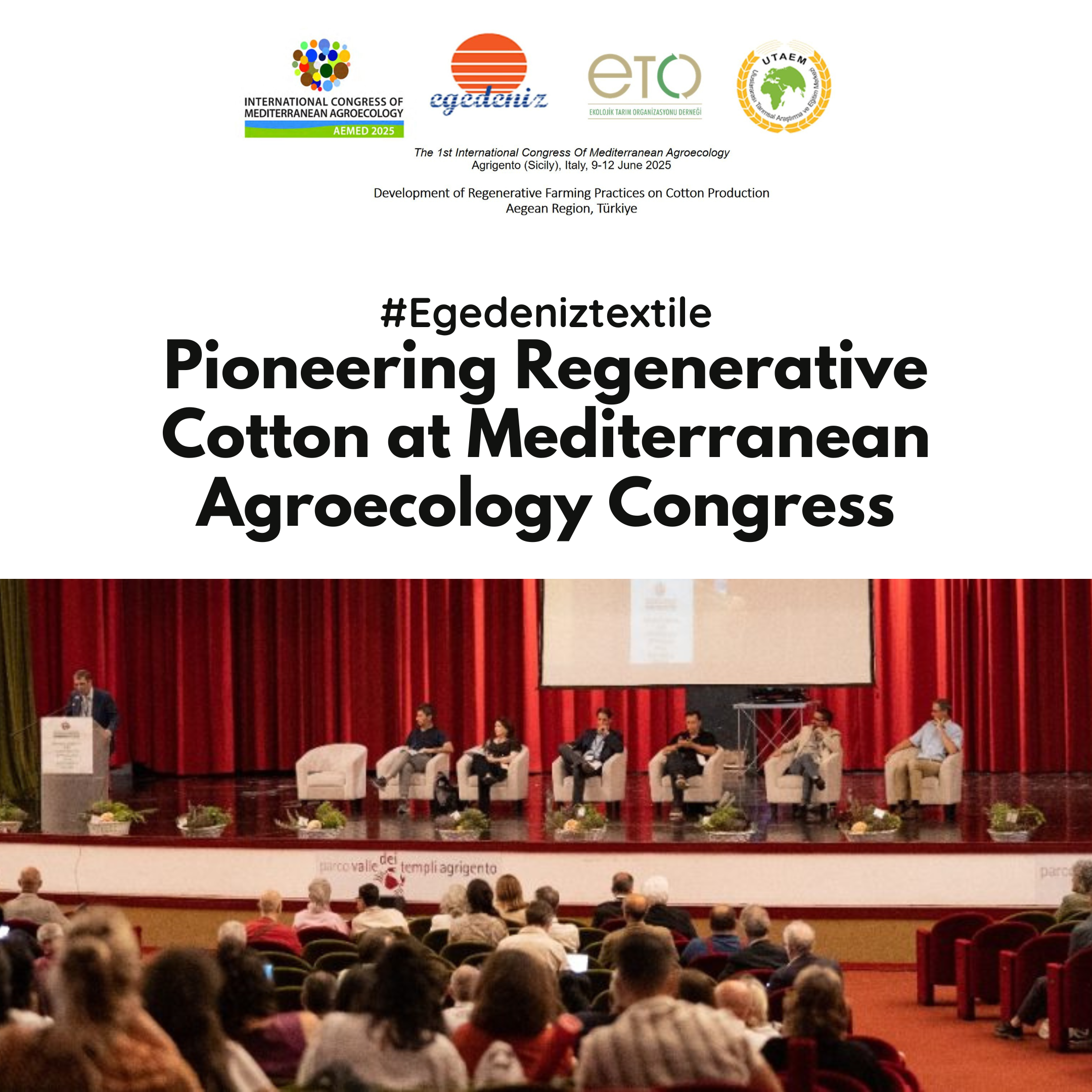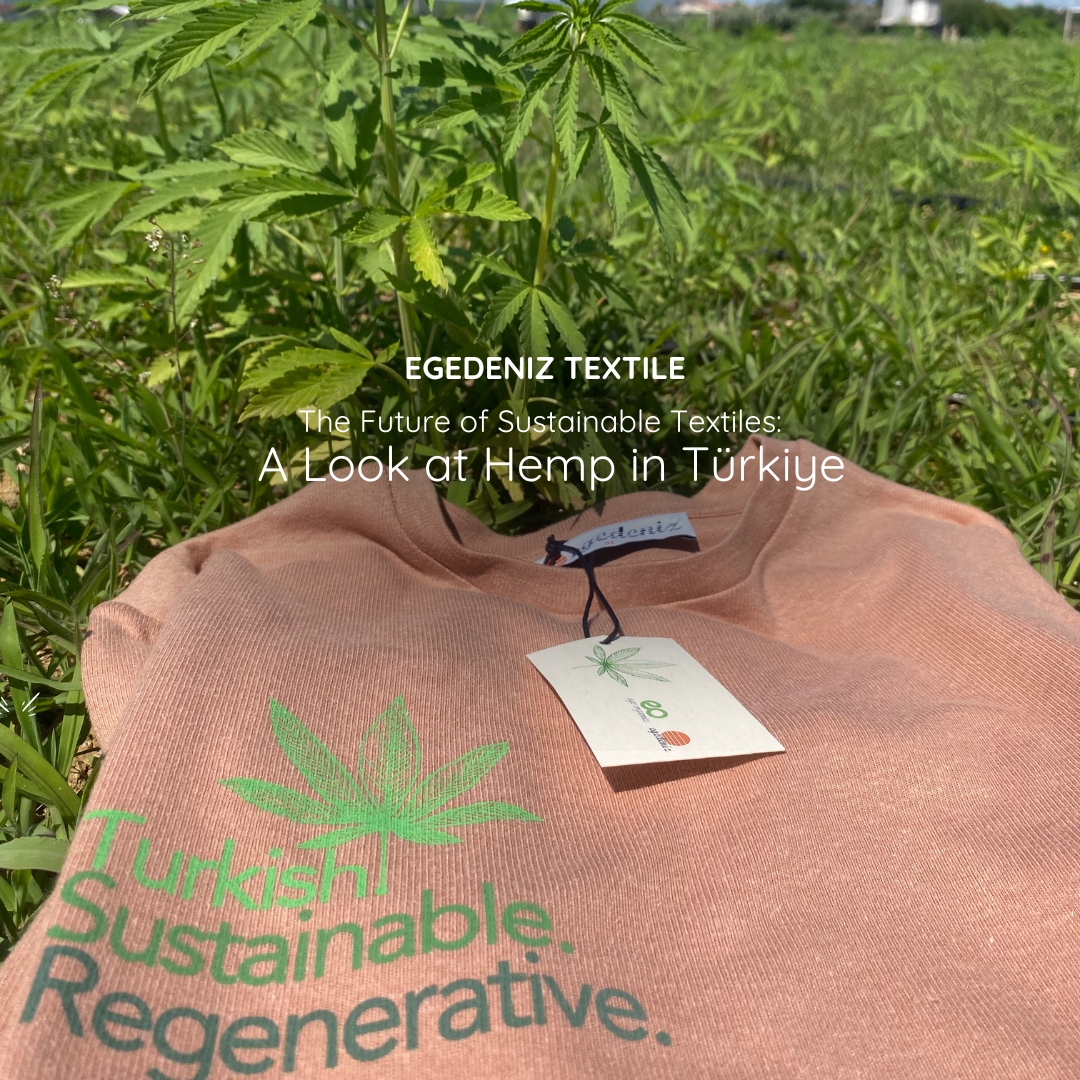In recent years, the fashion industry has faced increasing scrutiny for its significant contribution to environmental degradation and carbon emissions.
One of the key areas where fashion brands and retailers can make a substantial difference is in sourcing fabrics and yarns responsibly.
In this article, we will explore practical steps and strategies to reduce carbon footprints in the fashion industry through responsible sourcing.
- Embrace Organic and Natural Fibers
Consider prioritizing fabrics and yarns made from organic and natural fibers such as organic cotton, hemp, linen, and Tencel. These materials require fewer chemicals and water during cultivation, significantly reducing environmental impact. By incorporating these fibers into our collections, we can reduce carbon footprints while offering sustainable and high-quality products to our customers. - Opt for Recycled and Upcycled Materials
Another effective approach is to incorporate recycled and upcycled materials into your designs. By repurposing existing fabrics and yarns, we can divert waste from landfills and reduce the need for energy-intensive production processes. Seek out suppliers who specialize in recycled textiles or explore innovative techniques to upcycle pre-consumer and post-consumer waste into unique and stylish garments. - Explore Local and Ethical Production
Reducing transportation distances is essential in minimizing carbon emissions. Look for local suppliers and manufacturers who prioritize sustainable practices and fair labor conditions. By working with nearby partners, we can reduce shipping-related carbon emissions and support local economies. - Adopt Efficient Manufacturing Processes
Ensure that your manufacturing processes are optimized for energy efficiency. Explore ways to reduce water consumption, implement renewable energy sources, and minimize waste generation. Implementing lean production techniques and investing in eco-friendly machinery can significantly reduce the carbon footprint of our manufacturing operations. - Foster Transparency and Traceability
Transparency is crucial for building trust with consumers who increasingly seek sustainable fashion options. Communicate openly about your responsible sourcing practices and provide information about the environmental certifications of the fabrics and yarns used. Utilize technology such as blockchain to enhance traceability and allow customers to track the origins of the materials used in your products. - Educate and Engage Stakeholders
Inspire and educate your employees, suppliers, and customers about the importance of sustainable fashion. Encourage collaboration and knowledge-sharing among stakeholders to collectively work towards reducing carbon footprints. Engage customers through marketing campaigns that highlight the environmental benefits of your sustainable sourcing practices, ultimately fostering a sense of responsibility and creating a loyal customer base.
As a fashion brand, you have the power to drive positive change and shape a more sustainable future. By incorporating responsible sourcing practices into your fabric and yarn procurement, you can significantly reduce our carbon footprints while creating fashionable and eco-conscious products.
☘️Let us commit to these principles, collaborate with like-minded partners, and inspire the fashion industry to embrace sustainability as the new norm.
👊🏻Together, we can make a difference and contribute to a greener and more ethical fashion industry.
✳️Remember, sustainability is not a destination but an ongoing journey.
☘️Let’s embark on this journey together and pave the way for a brighter, more sustainable fashion future.




1 Comment
egedeniztextile.com
egedeniztextile.com